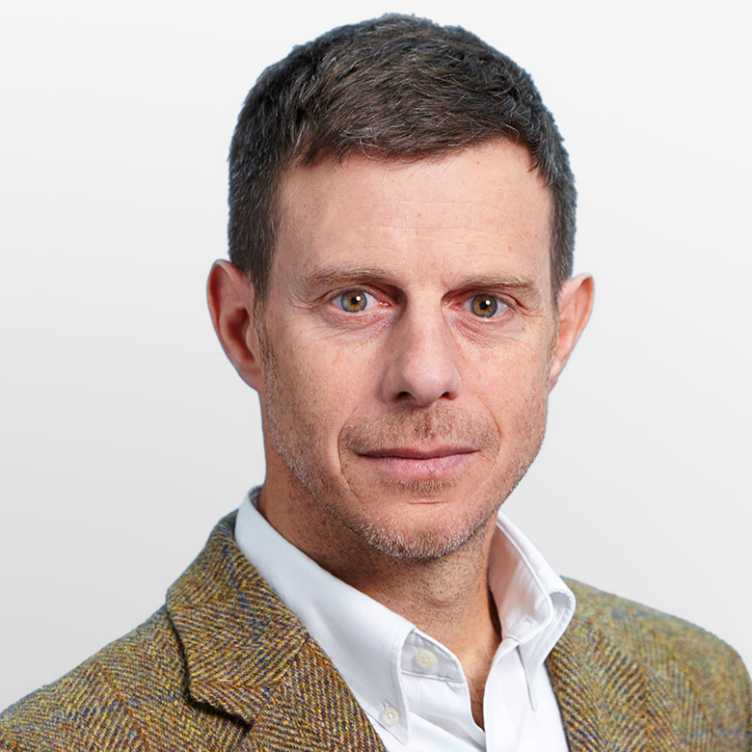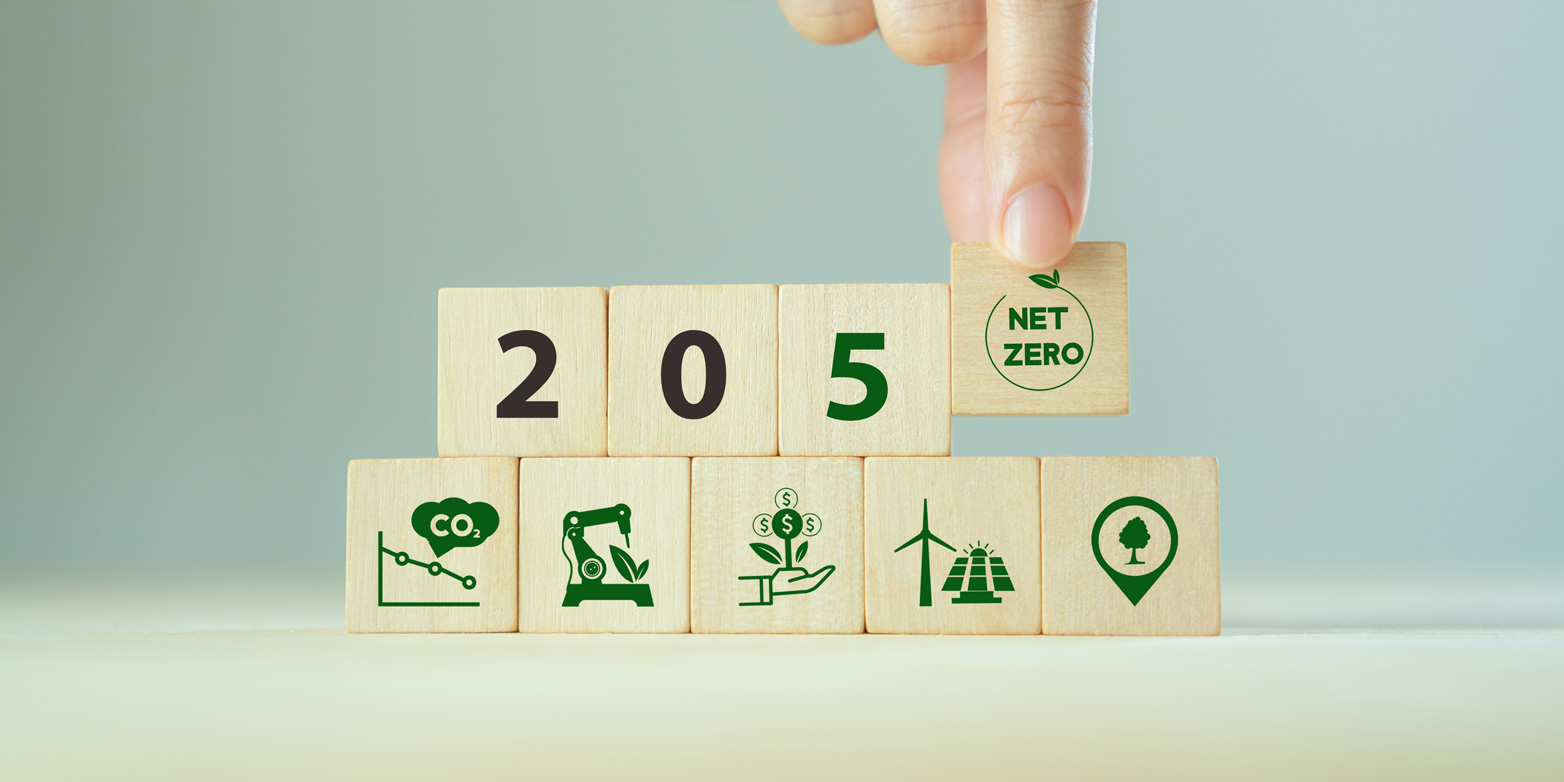We can curb climate change
Anthony Patt has contributed to the new IPCC report on mitigation of climate change. Since the last report in 2014, the odds for phasing out fossil energy have changed; a net-zero world is achievable now, even if the way remains long.

The Intergovernmental Panel on Climate Change (IPCC) has published the third section of the Sixth Assessment Report (AR6) on the state of climate research (see box below), focusing on how to reduce emissions and limit climate change.1
I have been contributing to the AR6 as a coordinating lead author of Working Group III, just as I was eight years ago on the AR5. To me, the most important feature of the latest Working Group III report is how much has changed since 2014 – for the better. We are not telling the same old story. Let me highlight three remarkably positive trends documented in this week’s report.

In the AR5 report, we showed that rapid economic growth, primarily in Asia, caused global emissions to rise faster than ever during the noughties. A decade later, that picture has changed. Absolute growth rates have declined in most sectors. In the global energy sector, for example, annual emissions growth rates averaged 2.4% in the years 2000 – 2009, but then 1% in the years 2010 – 2019. Because of the pandemic, emissions fell dramatically from 2019 to 2020. They rebounded again in 2021, but were still well short of 2019 values, and it is unclear whether they will ever surpass 2019 levels again. There are now more than 20 countries that have witnessed a decade or more of continuously falling emissions in conjunction with growing economies. This is exciting news.
Technologies now offer win-win opportunities
In AR5, we showed that the costs of many zero-carbon technologies, such as solar and wind power, were falling, but it was unclear whether that trend would continue. Now we can say that it did. Solar and wind power are now competitive with fossil fuels, even when the costs of energy storage are factored in.
«It is politically and economically feasible to shift to zero-carbon technologies over the coming two decades, both in wealthy countries and in the Global South.»Anthony Patt
And more technologies have joined the list. Electric vehicles and heat pumps, which can replace the use of fossil fuels with renewable electricity, have become competitive. Improvements in energy efficiency have also been substantial. Markets are responding: in Europe, China, and North America, less than 20% of new investments in the power sector are in fossil-based technologies.
We are learning which policies work
In AR5, we showed that some countries had implemented climate policies, but we didn’t know if they were working. Now we know they have. By 2016, policies had reduced CO2 emissions by close to 6 billion tons annually from what they otherwise would have been. We have learned that policies are most effective when they are grouped together to address the multiple barriers to technological and behavioural change that arise within separate economic sectors. We also see international accords like the Paris Agreement making a difference, encouraging countries to pursue more ambitious emissions cuts, and providing financial and technology support to help them achieve those objectives.
The IPCC in its sixth assessment cycle
The Sixth Assessment Report (AR6) of the IPCC comprises three Working Group (WG) contributions. Last year, WG I described the current and projected changes in the climate (see blog post by Sonja Seneviratne). In February, WG II assessed the impacts on life and how society can adapt (see blog post by Thomas Bernauer). The latest WG III report completes the cycle by showing how to curb emissions and mitigate climate change. A Synthesis Report will follow late September.
In short: All of this makes it politically and economically feasible to completely shift to zero carbon technologies over the coming two decades, not only in wealthy countries but also in the global south. It is now possible for developing countries to grow their economies, achieving other development objectives such as eliminating hunger and raising life expectancies, while also eliminating emissions.
Now is the time to act
There are many other messages: the new report looks at how our lifestyles impacts climate change, where emissions come from and how we can reduce them in areas such as energy, land, buildings and cities, and transport. The Summary for policymakers2 alone runs to 40 pages, and the report itself over 1,000. If there is one overarching theme to emerge on which all authors agree, it is that now is the time to act.
Now is the time because the climate demands it. Unless global emissions start to fall quickly, to roughly half their 1990 values by 2030, we will miss the opportunity to hold global warming to 1.5°C, a critical value. Simply put, the positive changes we have seen so far are not enough. The rate of decline in emissions seen in some countries is not enough, and the decline needs to spread to all countries.
Now is also the time because the technological, economic, and to a large extent political, barriers have fallen. The emergence of win-win options I described above means that the economic costs to society of halving our emissions by 2030 and reaching net-zero emissions by 2050 – most importantly eliminating the use of fossil fuels – are trivially small. They may even be negative once we take immediate co-benefits into account, such as improved air quality.
To completely phase out all fossil-based systems by 2050, annual investments in zero-carbon systems, replacing the huge capital stock, have to more than double in wealthy countries, and rise by at least factor four in developing countries. This will require government policies geared to increasing the rate of investment. While many policies are in place, they too are limited. There is still a major gap between what countries are proposing to accomplish by 2030, and what is needed.
Keep up the pressure
Whether we will act, quickly enough, is a question this week’s WG III report cannot answer. Some industries, notably fossil fuels, will suffer or die, and there are powerful interests opposing that. Any change in government policy is challenging, requiring negotiation and compromise. I believe it is vital for well-informed people to keep up the pressure on our governments to act as decisively as possible. The biggest challenges lie ahead.
References
1 IPCC Climate Change (2022): Working Group III contribution to the Sixth Assessment Report (AR6): external page Mitigation of Climate Change
2 IPCC Climate Change (2022). AR6 WGIII: Summary for policymakers
Comments
No comments yet